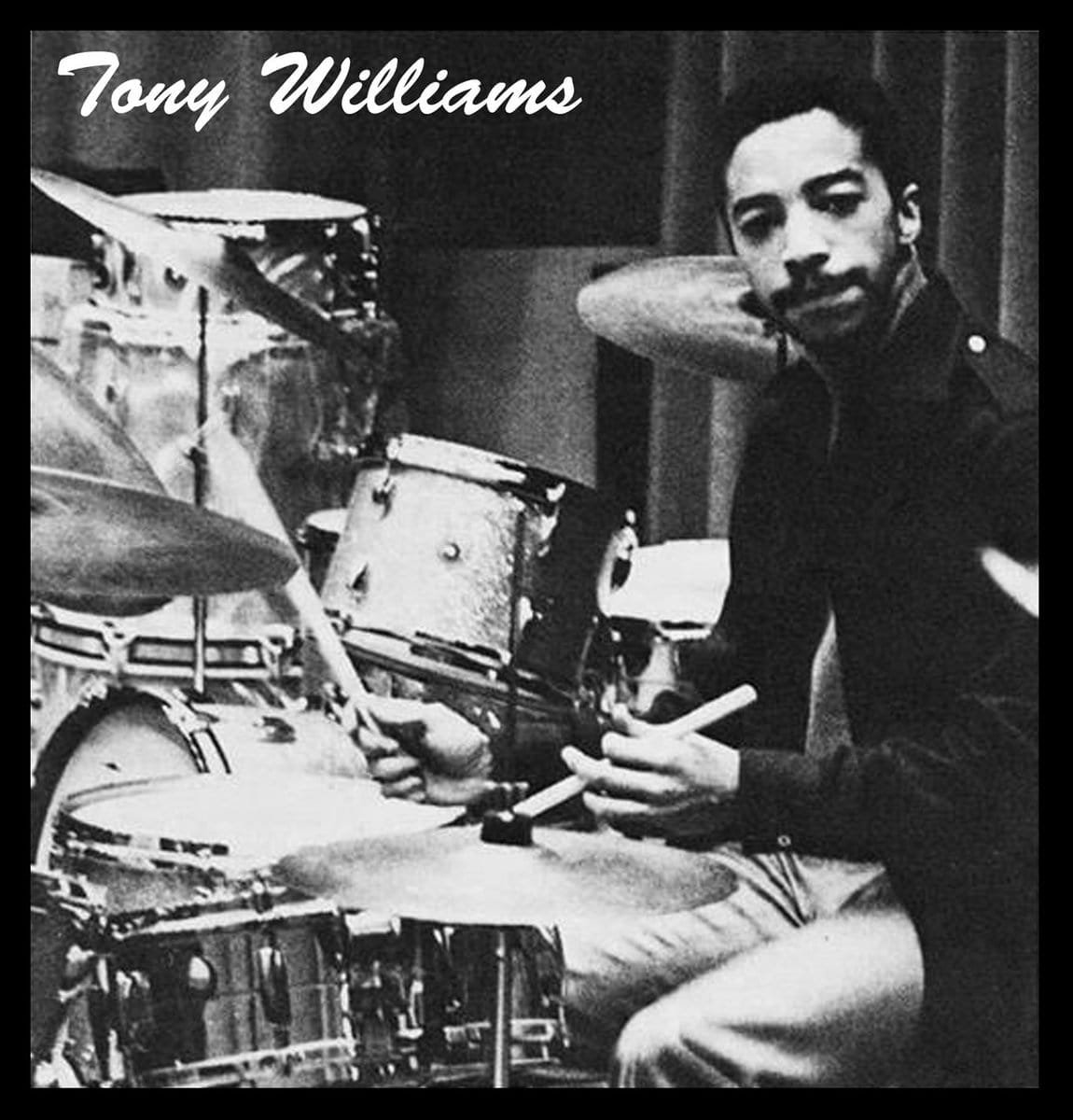Have you ever wondered how certain artists can revolutionize a genre, leaving an indelible mark that shapes its trajectory for generations to come? Tony Williams is one of those rare artists whose impact on modern jazz transcends time, influencing both his contemporaries and future musicians alike. Beloved for his phenomenal drumming skills and innovative approach to music, Williams changed the course of jazz through his creative brilliance and audacious style.
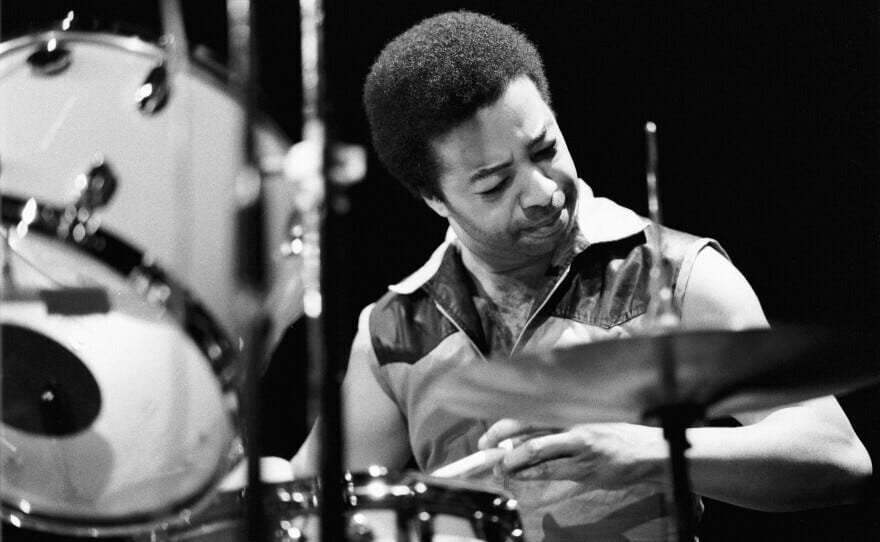

Who Was Tony Williams?
Tony Williams was a prodigious talent from a young age, quickly establishing himself as a force to be reckoned with in the world of jazz. Born in Chicago in 1945, Williams didn’t take long to make his mark. By the age of 16, he was already playing with saxophone legend Jackie McLean. His ability to play complex rhythms with effortless fluidity caught the attention of many, including the legendary trumpet player, Miles Davis.
Early Life and First Steps into Music
Williams’s journey into music began at an early age, heavily influenced by his father, Tillmon Williams, who was a saxophonist. Growing up in such a musically rich environment made it almost inevitable that Williams would pursue a career in music. At the age of 13, he moved to Boston and began exploring the local music scene, where he quickly became a sought-after drummer due to his remarkable talent and mature sound.
Joining Miles Davis
Perhaps one of the most significant moments in Williams’s career was his recruitment into the Miles Davis Quintet at the mere age of 17. This was not just any lineup but was dubbed the “Second Great Quintet” of the Davis ensemble. Williams’s ability to innovate and push the boundaries of traditional jazz drumming dramatically contributed to the band’s fresh sound and creative heights.
The Impact of Tony Williams on Modern Jazz
Williams was not just a participant in the jazz movement; he was a catalyst for change. His influence extended far beyond his technical prowess; it permeated every aspect of his musical expression and creative collaborations.
Innovating Jazz Drumming
Tony Williams played a pivotal role in transforming how drumming was perceived within jazz. Known for his polyrhythms and comping (accompanying) skills, Williams introduced a more aggressive and reactive approach to drumming. His style emphasized the drum kit as a key player in melody and harmony, not merely a background rhythm keeper.
For instance, tracks such as “Nefertiti” showcase his ability to blend intricate drum patterns with the music’s mood, weaving complexity and emotion together seamlessly. Tony’s drumming didn’t just support a tune; it elevated and drove the narrative, forcing both fellow musicians and audiences to rethink the roles within a jazz ensemble.
The Lifetime Project
Another hallmark of Williams’s career was the formation of his group, Lifetime. This endeavor was a bold step towards a fusion of jazz with other genres, especially rock, funk, and blues. Lifetime was not just a band but a concept seeking to redefine the bounds of jazz music itself. The group’s influence is particularly noted in the emerging jazz-rock fusion genre of the 1970s.
With notable projects such as “Emergency!”, Williams demonstrated his compositional prowess and underscored his vision toward pioneering new musical landscapes. By blending electric instruments and rock music’s energy with jazz’s improvisational spirit, Tony Williams and Lifetime created a sound that was both novel and electrifying.
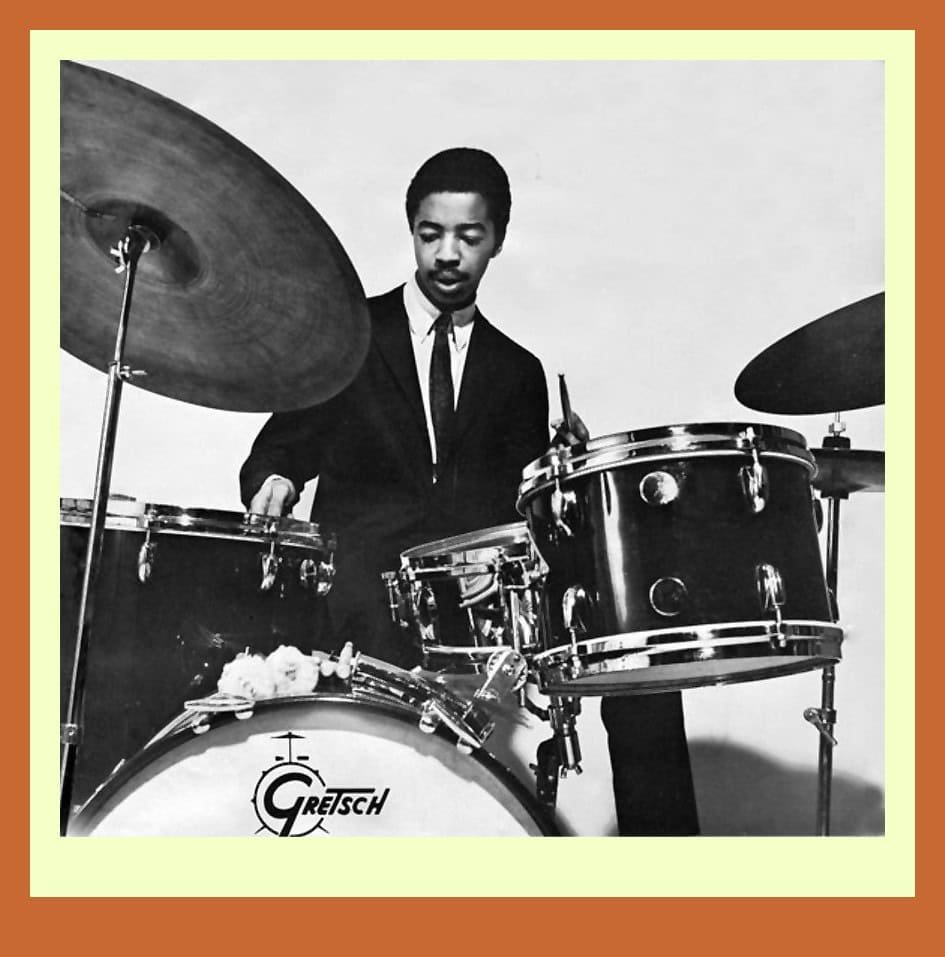
Tony Williams: More than Just a Drummer
While Williams is most renowned for his drumming, his contributions to music were multifaceted. He was a composer, bandleader, and educator who took jazz to new heights while mentoring future generations of musicians.
Composing and Bandleading
Many may not realize that Williams’s talents extended far beyond his drumming. He was also an exceptional composer and bandleader. By writing complex compositions and leading various groups effectively, he showed a unique understanding of music’s emotional and technical elements. His compositions often incorporated intricate rhythms and harmonies, challenging musicians to explore their full creative potential.
One of his best-known compositions, “Sister Cheryl,” remains a staple in jazz repertoires today, demonstrating his lasting influence on both jazz standards and modern interpretations of the genre.
Mentorship and Influence
Williams’s legacy also thrives in the musicians he mentored and inspired. His time with Miles Davis, John Coltrane, and other jazz legends allowed him to share and exchange ideas with the foremost creative minds of his time. New generations of drummers frequently cite Williams as a major influence, both for his groundbreaking techniques and his bold artistic vision.
In clinics and masterclasses, Tony was known for encouraging musicians to break free from traditional constraints and to explore their unique voice within jazz. This focus on personal expression continues to inspire jazz musicians around the globe.
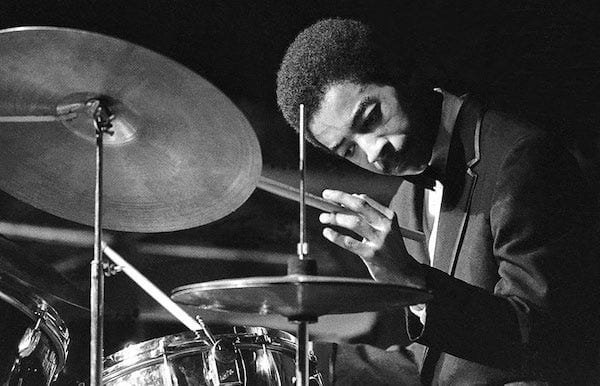
The Ongoing Influence of Tony Williams’s Music
Decades after his passing in 1997, Tony Williams’s impact on modern jazz remains as potent as ever. His fearless approach to music and relentless pursuit of innovation continue to resonate with jazz enthusiasts and musicians.
Influence on Contemporary Artists
The innovations introduced by Williams are evident in many modern jazz recordings. Contemporary drummers and musicians regularly express admiration for his work, citing his influence in their compositions and performance styles. Artists such as Brian Blade and Jack DeJohnette have praised Williams for his pioneering spirit and have built upon his foundation to push jazz even further into new realms.
His work with the Miles Davis Quintet, notably albums such as “E.S.P.” and “Miles Smiles,” continues to serve as essential listening for those exploring the depth and breadth of jazz. These recordings are often used as pedagogical tools to teach students about interplay, improvisation, and musical dialogue—skills at which Williams was unparalleled.
Continued Relevance in Jazz Education
In jazz education, much of Williams’s work serves as core material. Jazz programs often study Tony’s drumming techniques and compositions, analyzing them to understand their structural and emotional complexity. His works are an essential component of the jazz canon, offering learning opportunities for budding musicians.
His approach to rhythm, harmony, and improvisation provides valuable lessons that transcend jazz itself, influencing broader musical education.
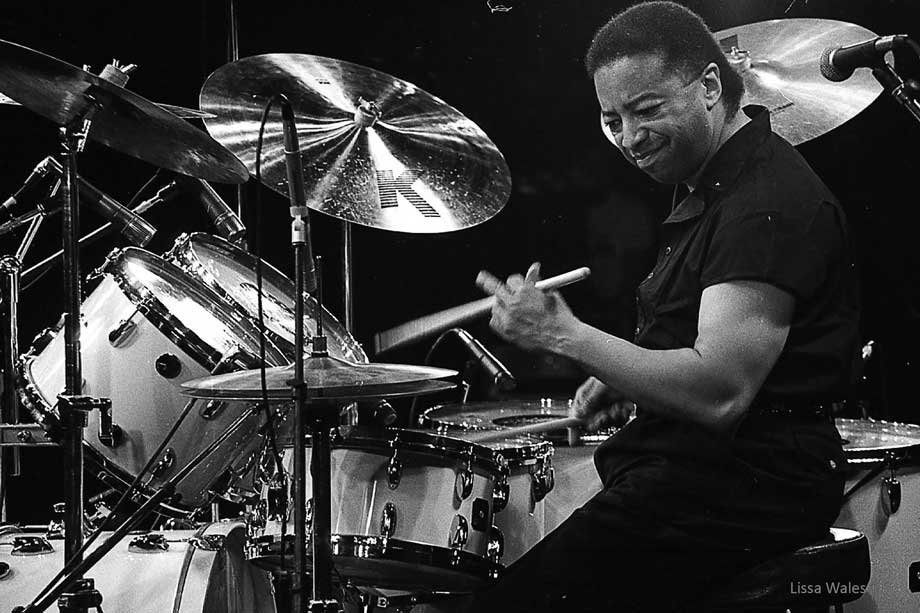
Conclusion
Tony Williams’s impact on modern jazz is a testament to his extraordinary vision and unmatched talent. From reshaping the role of drums within a jazz ensemble to spearheading the rise of jazz fusion with Lifetime, Williams’s contributions have left an indelible mark on the genre’s evolution.
Tony Williams was more than just a drummer; he was a pioneering artist whose work continues to inspire and challenge musicians. His legacy persists, urging new generations to innovate, explore, and create without boundaries. Williams’s influence on modern jazz reminds us of the transformative power of vision and creativity, echoing through every beat and melody.
Meta Description
Discover Tony Williams and His Impact on Modern Jazz. Explore his revolutionary drumming, lasting legacy, and the profound influence on contemporary jazz musicians.
